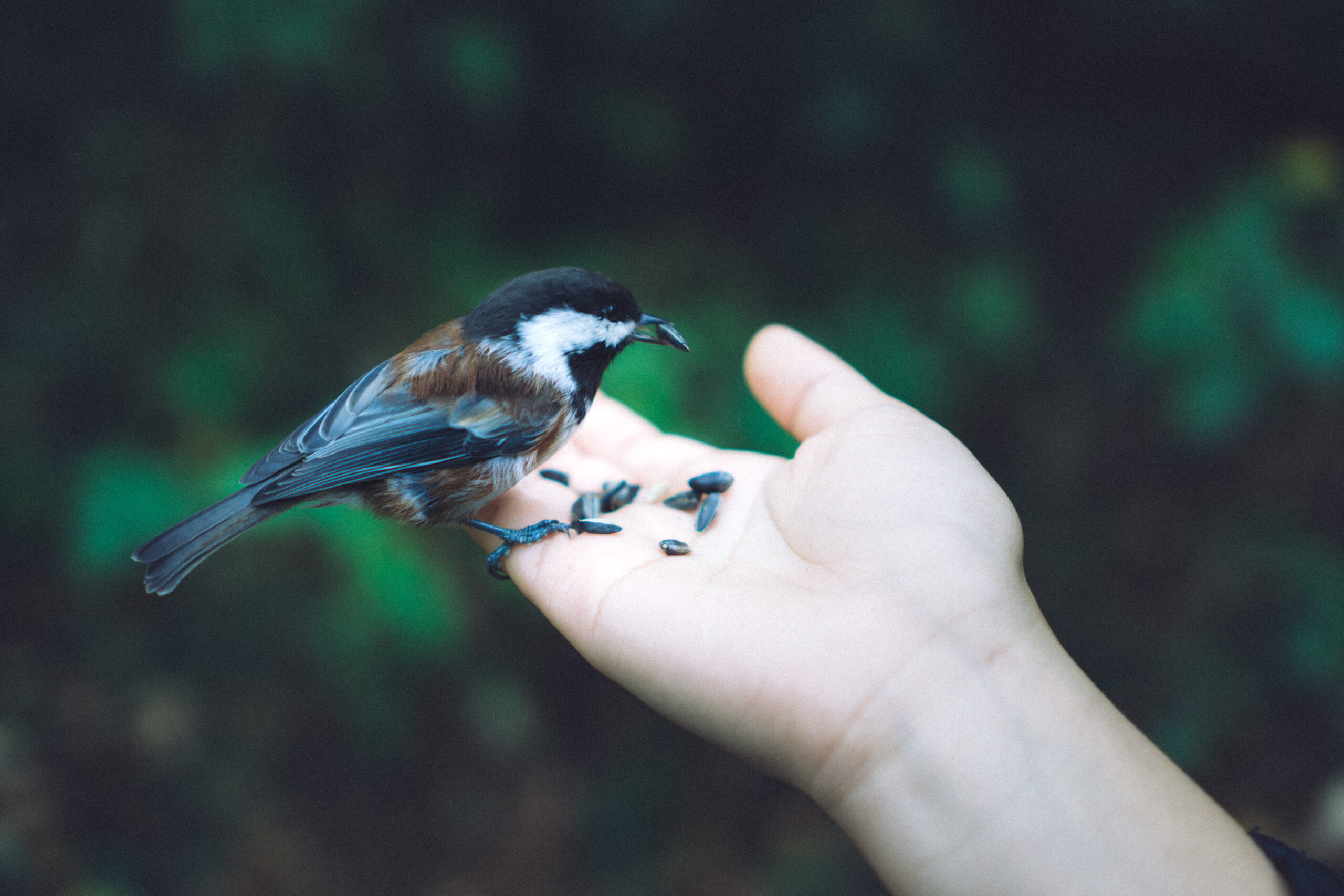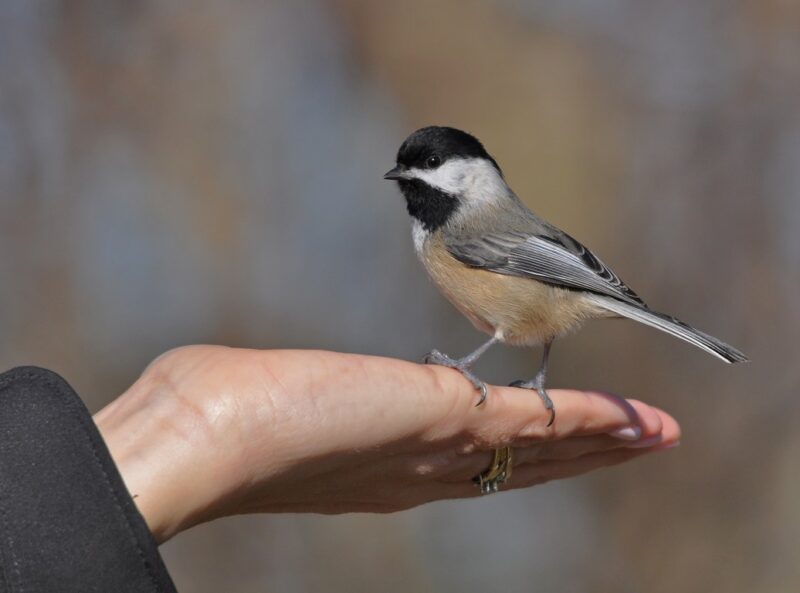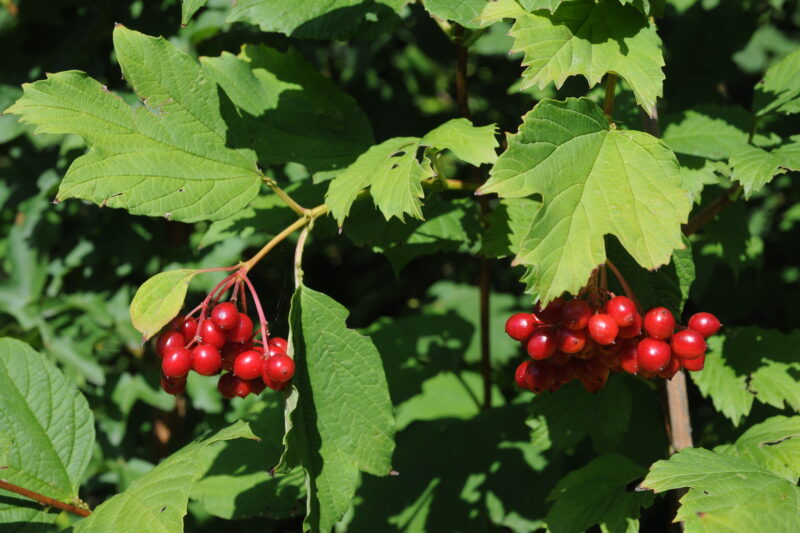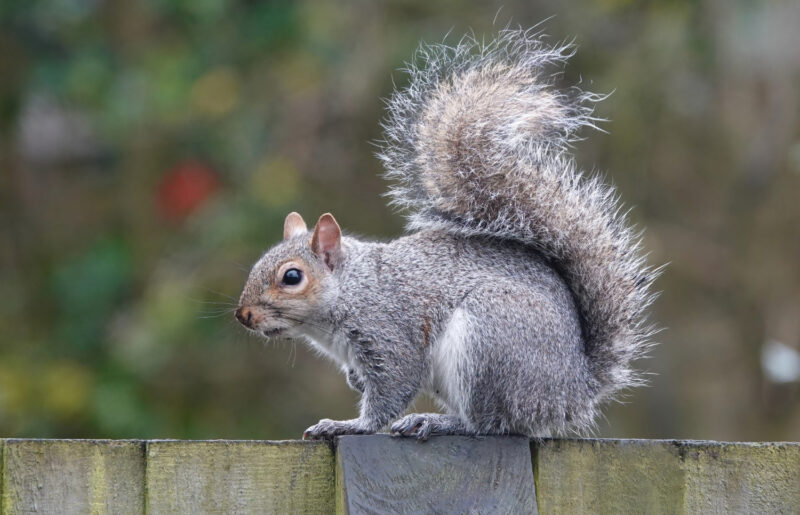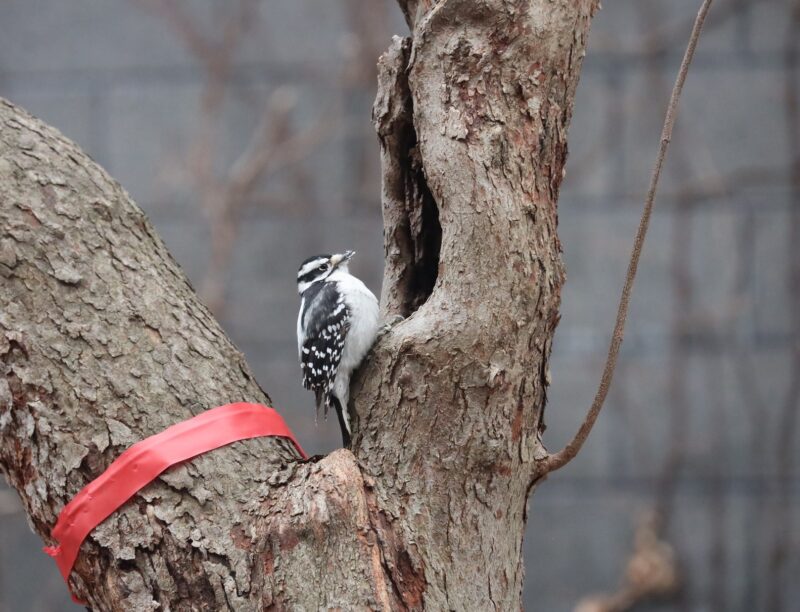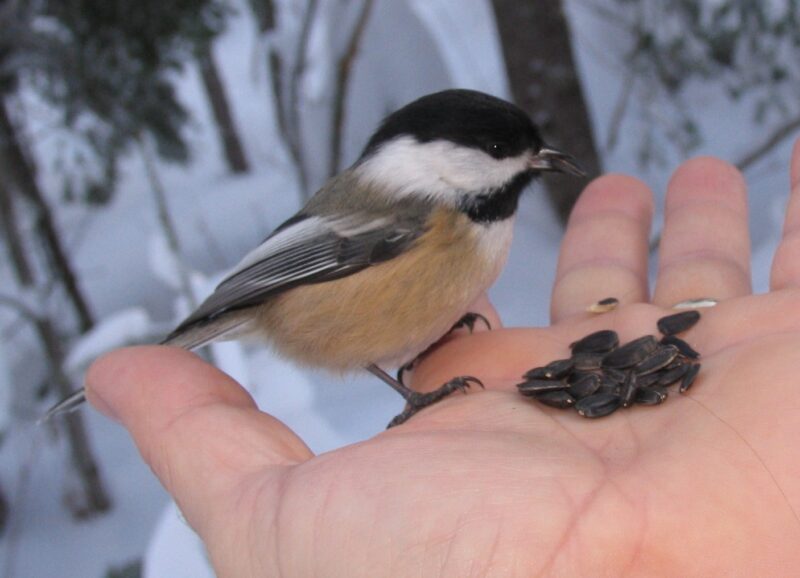Here’s a little story about birds that might just surprise the backyard gardener.
I want to inform you that wild birds can land on your hands and eat out of them. And, I’m going to tell you how to do it.
Yes, Virginia, it is possible to have wild birds eat right out of your hands. I know, because I’ve done it time and time again.
It’s an unspeakable pleasure to have a wild bird land on your outstretched fingertips and take food from you, just inches from your eyes.
The experience is magical, and when you can involve your children, well, you can just see the lifelong memories in the making!
As true aficionados of nature’s splendor, most gardeners also share a love of wildlife and seek to include it to some degree in their surrounding environments (squirrels and gophers generally excluded!).
Nothing is easier to entice into your yard and brings greater rewards than birds. Their delightful songs, playful antics, and sometimes radiant colors soothe the soul of the passive gardener who has taken the time to stop, find a place of solace in his or her outdoor paradise, and experience nature at a most intimate level.
Cheerful birds can complement a good landscape as much as your selection of plants, your wonderful views, and the sun and sky themselves.
Now it’s one thing to welcome birds into your yard, but it’s a whole other circumstance if you want them to eat out of your hands.
Birds are naturally apprehensive creatures, a trait that nature endowed them with as a method to ensure their survival.
By ensuring that they are naturally wary and suspicious of people and other animals, nature protects them from harm and from their natural enemies who consider birds to be a satisfying meal.
Think of it as nature’s way of preventing a curious bird from cheerfully landing in the mouth of a hungry predator. Curiosity doesn’t only kill cats…
So how do we manage to overcome this natural apprehension of humans? Let me lay out a few considerations that, when taken together, will give you the best chance of experiencing the magic of having a bird land on your fingertips and eat from your hand.
1. Make Your Environment as Attractive to Birds as Possible
Bringing birds into your yard is a well-studied subject, and I’m sure each one of you has a trick or two that you swear by. There are a few basic concepts that will make your yard as conducive to birds as possible.
Most birds need some degree of shelter to feel safe in a yard, and as a rule, the taller, denser, and broader, the better.
To a bird, nothing is more reassuring than a thick, large tree with a dense canopy that extends well into the sky, or even better, a whole forest of such trees.
For a typical suburban neighborhood, I would recommend setting aside a significant portion of your yard (say 1/8 to 1/4 of the total space) and planting a good mix of dense shrubs and trees, preferably leveraging one or two existing mature trees so that you don’t have to wait an eternity for your bird-friendly environment.
A good variety would include large, dense shrubs and a mix of deciduous and evergreen trees.
Birds also need food to be very interested in your yard. They can get their food from two sources; food provided naturally by plants and food that humans set out specifically for birds.
I would recommend a mix of both, to keep the birds as happy as possible. This means planting shrubs and trees which produce flowers and fruits that appeal to birds, and which produce at varying times over the season.
Include some such as cranberries whose fruit remains as a source of food for birds into the winter.
As for feeders, keep one or two in an open and protected location, either on a free-standing post well off the ground or hanging a good length below a sturdy branch, well away from the tree trunk.
Know which birds like what types of seed, and feed accordingly. Always keep your feeders stocked with food, especially if you are feeding birds that overwinter in your yard.
They will come to depend on you, and will surely die if you suddenly stop feeding them when it gets too cold outside. Remember, feeding is a commitment you are making to them once you start.
There are also things that birds don’t want to find in your yard as a rule. At the top of their list is cats, one of their primary natural enemies.
If you have a cat, you might find this whole challenge a little much to manage, but you can try keeping all feeders and food sources well off the ground (>5’) and well away from tree trunks and large branches.
Other nuisances include squirrels, who will compete vigorously with the birds for your birdseed, and predator birds such as hawks and crows, although I don’t think there’s much you can do about these.
2. Know the Birds That Will Eat From Your Hands
Not all birds are good candidates to eat from your hands, and that has everything to do with the different instinctive natures of each.
Some are naturally curious, while others are very apprehensive of humans, and would be a great challenge to have land on your hands.
Also, not all birds are present in every region, so you need to identify the species of birds in your region that are most likely to visit you.
In my region (the northern plains), I have had wild black-capped chickadees, nuthatches, brown creepers, and even a curious downy woodpecker land on my outstretched hand and eat happily, always turning a cautious eye up at me just to make sure I don’t have any ulterior motives to my generosity.
I’ve even had a blue jay and an enormous red-headed woodpecker try a couple of fly-bys, but never get enough courage to land.
Frankly, if you’ve ever seen a mature red-headed woodpecker (and the size of its beak), you could understand how I was probably more frightened about it landing than it was!
I would recommend that, where you have them, chickadees are a great type of bird to start with. These hyperactive little balls of fluff are naturally very curious, and once you gain their trust, they will eat from you like there’s no tomorrow.
Chickadees are tree birds, so they need a dense canopy of fully mature trees, preferably with low-hanging branches, to entice them into your yard.
They love small, black sunflower seeds (not the salted kind you get at the grocery store!). Besides food from your hand, they enjoy small nut-like seeds, so a few birches, spruces, or pines help to encourage them.
I have found that “scavenger” birds, those that are not very fussy and will eat just about anything, are a waste of time.
These would include common house sparrows and robins. Likewise, some birds are just so timid that you’d need the patience of a saint to entice them to eat from your hands; goldfinches and other finches, native sparrows, and warblers are examples from my experience.
3. Know the Times of Day and Year That They Will Visit You for Food
I have found that birds will generally only take food from human hands at specific times of the year, and it has mostly to do with the relative availability of their natural food sources and their “eating cycles”.
Think of birds as prudent shoppers. When nature’s shelves are fully stocked and the prices are low, they are far less likely to be adventurous in sourcing their food from as risky an animal as a human being!
However, as food supplies dwindle, or more importantly, as they bulk up in preparation for winter by eating everything in sight, they are much more amenable to dining at the Human Hand cafe.
Because of this, I have found that birds that overwinter in the region are much more likely to eat from your hand. This is true for a few reasons.
Like us Northscapers, they are a hardy bunch and are much more accustomed to taking chances to get their daily meals.
Their food source is less available once the snow has fallen, so again they are more likely to take chances.
And, they generally “bulk up” for the winter in October and November by eating everything and anything they can get their little beaks on, making these ideal months to attempt to have them eat from your hand.
Just like humans, birds have regular feeding times during the day.
I have found that they are most active in the morning (8:00 to 10:00 a.m.) and in the evening (4:00 to 6:00 p.m.), starting about an hour after dawn and ending an hour before dusk.
These would be their equivalents of “breakfast” and “dinner”. At times in between, it can often be a challenge to find birds that are interested in food.
4. Be Very, Very Patient
It takes a great deal of patience to entice birds to land on your hand. If you are a “Type A Gardener”, you probably don’t have what it takes to get a bird to land on your hand, so you might not want to bother.
First, you have to get them to frequent your yard, and that can take one or two seasons of persistent feeding and waiting for your plants to develop.
Then, you have to get them used to eating with you in the general area so that they learn that you’re not there to eat them!
Finally, you could be holding out your hands for hours on end before you get the courage to land.
However, the reward is well worth the wait, and once one bird gets up the nerve to land on your hand and eat, it doesn’t take long before their friends follow.
Before you know it, you’ll have birds fighting over who gets the landing rights to your hand.
I’ve had days where I had four chickadees squeezed onto my outstretched hand eating, three along my arm waiting in line, two on my shoulder, one on my back, and one waiting on top of my head, not to mention the two nuthatches awaiting a landing slot.
Talk about communing with nature!
Putting It All Together
So once you’ve set everything up as described above, how do you get them to eat from your hands? First, you need to have a lot of traffic and activity at your feeder.
One or two birds an hour is going to make it tough to attract them onto your hand.
You need yours to be the most popular feeding spot on the block! Then, make sure that they are fully accustomed to you.
You must hang around the birdfeeder at their prime eating times and let them get comfortable with your presence.
Once they don’t seem to notice you there and go about their feeding, you can start trying to entice them onto your hand.
Put a little bit of their favorite seed in the palm of your hand, and hold it out as far outstretched as possible, at shoulder height.
Stand about 5 feet from the busiest feeder, under a mature tree with a dense canopy and low-hanging branches (shoulder height).
Although this may seem counterintuitive, keep your feeder stocked as you try this; don’t try to encourage them onto your hand by denying them their favorite food source.
Stand incredibly still, and just wait. Let them go about eating at their regular feeder.
What they need to do is come to see you as another feeder, another feeding option, rather than a replacement feeder. Keep rotating your hands so that your arms don’t get too tired or cold if you try this in winter.
It may take a few sessions with your birds before they will take an interest in your food. You’ll start to notice that they fly closer and closer to you on their way to the feeder; they’re just checking you out to see if you’re safe.
Eventually, they’ll start to land on the tree branches near you, and look at you curiously, again checking you out for bad intentions.
Eventually, one will try a close fly-by, not landing, but getting a close inspection of the landing options and what is being offered.
Finally, one of the bolder of the group will land, quite timidly, on your fingertips. Don’t panic, and don’t even move; stay completely still and enjoy the moment.
The bird will likely grab a seed and then hastily fly off to a branch far away to eat. Don’t worry; birds have a very large operating radius compared to humans, and it will be back in short order for more. Besides, its friends will now see that you are a safe source of food, and they will soon follow.
I’d like to hear your stories about getting birds to eat from your hands.
Have you done this before? Do you have any tricks or tips you can offer? If you tried my suggestions here, how did it go? – Northscapers wants to hear what you have to say!
Perla Irish, who is more familiarly known as Irish, is the Content Manager at newfld.com. She loves following trends around home and garden, interior design and digital marketing. Through this blog, Irish wants to share information and help readers solve the problems they are experiencing.
